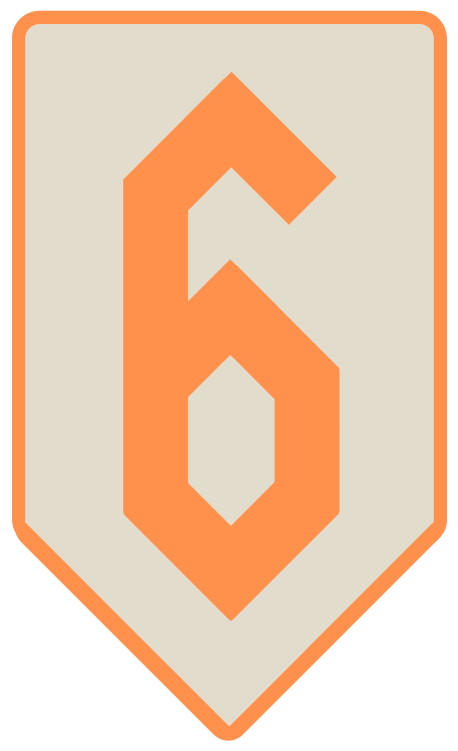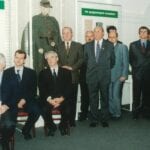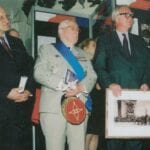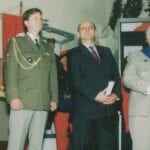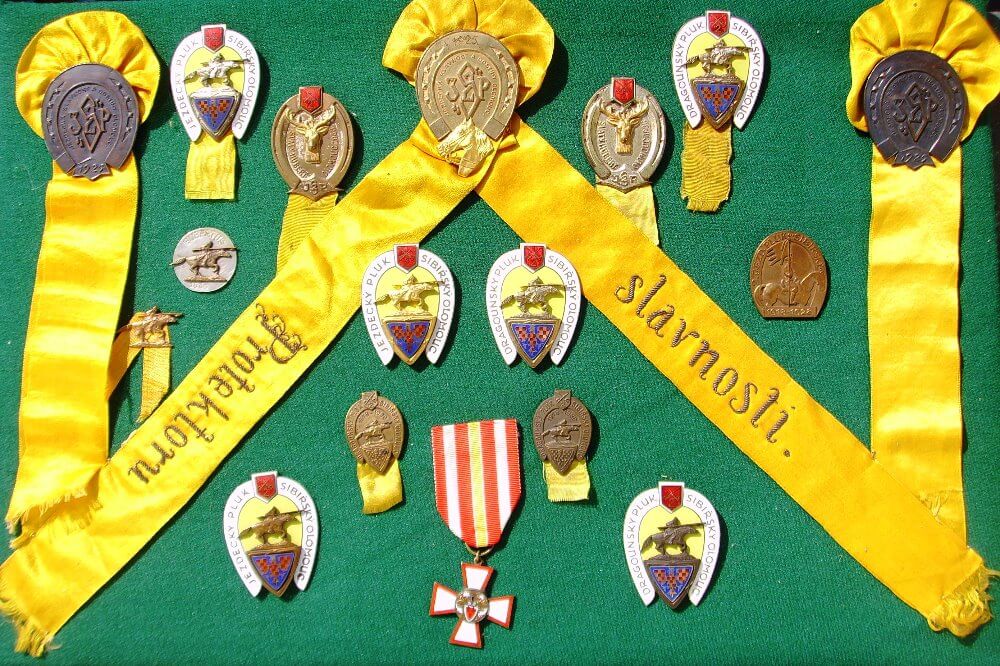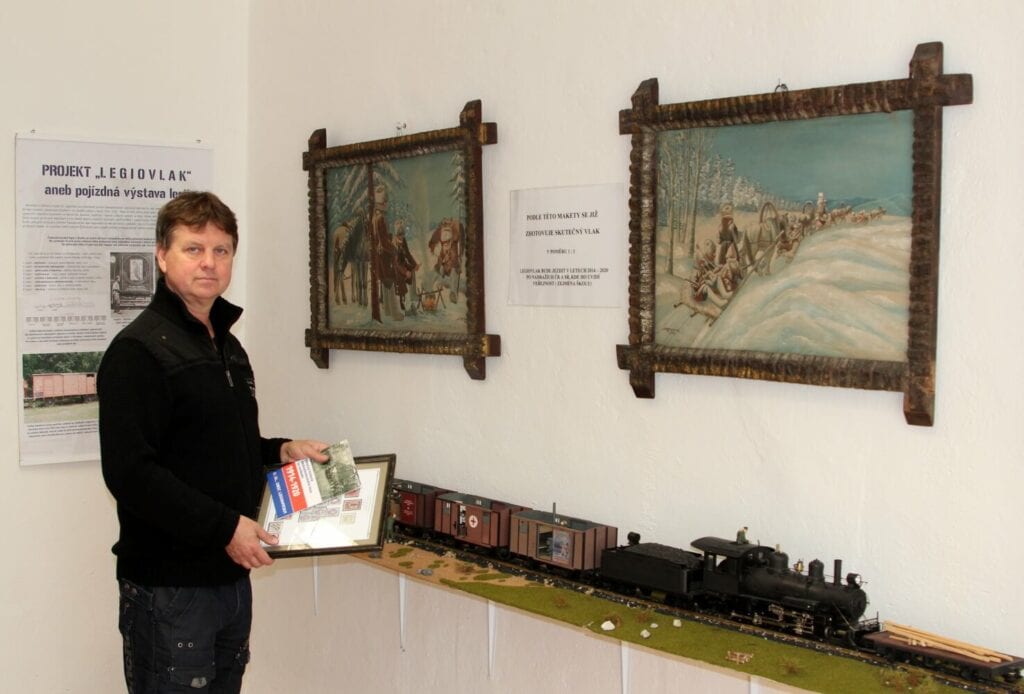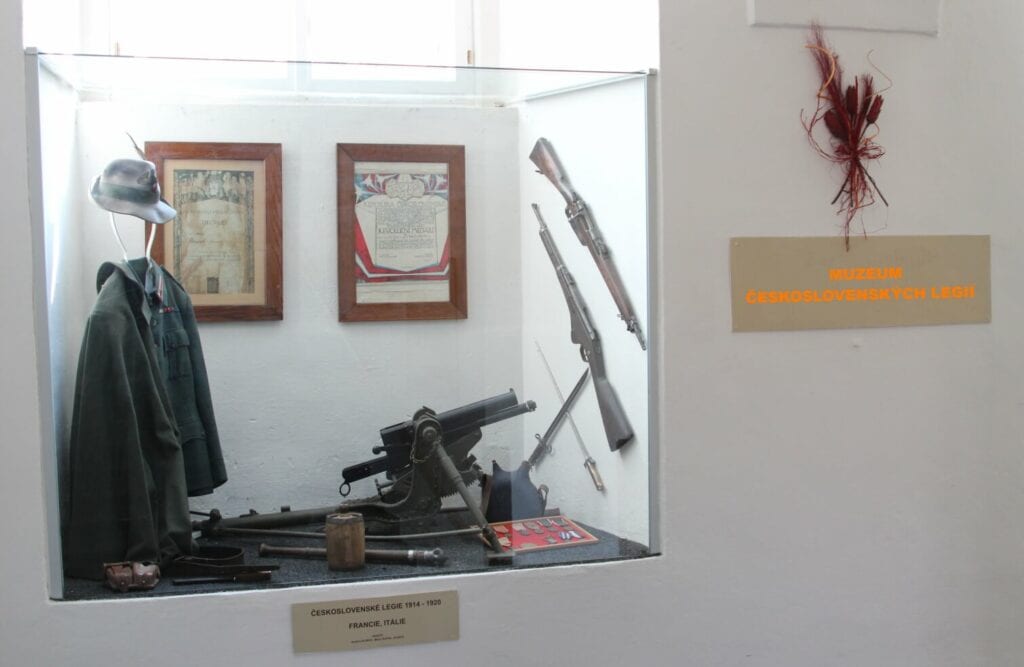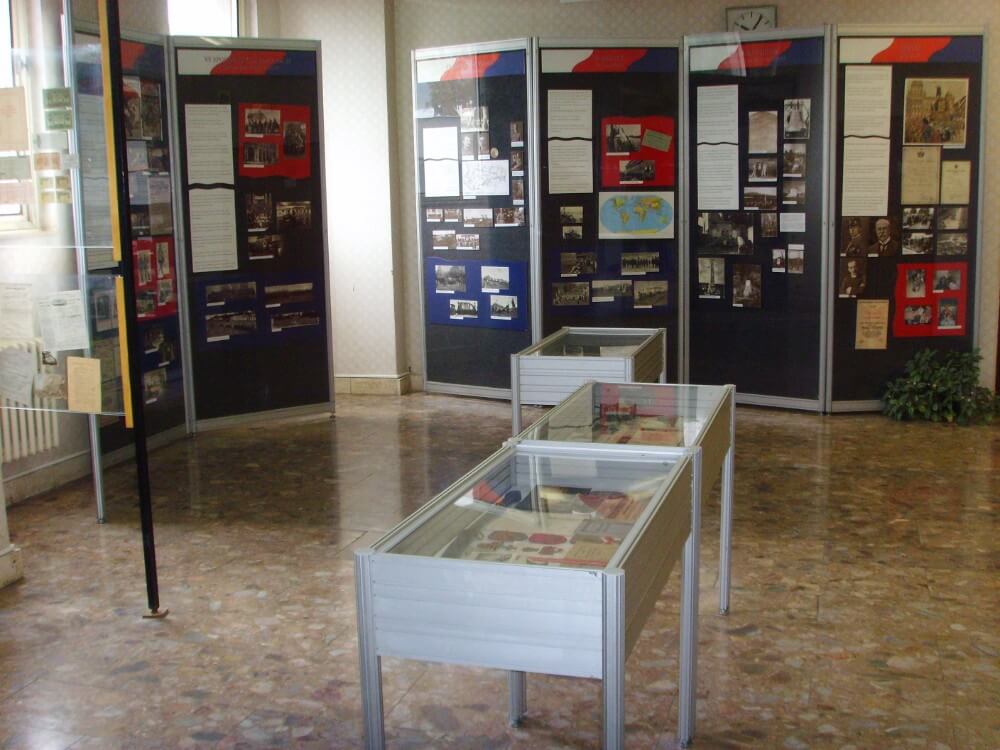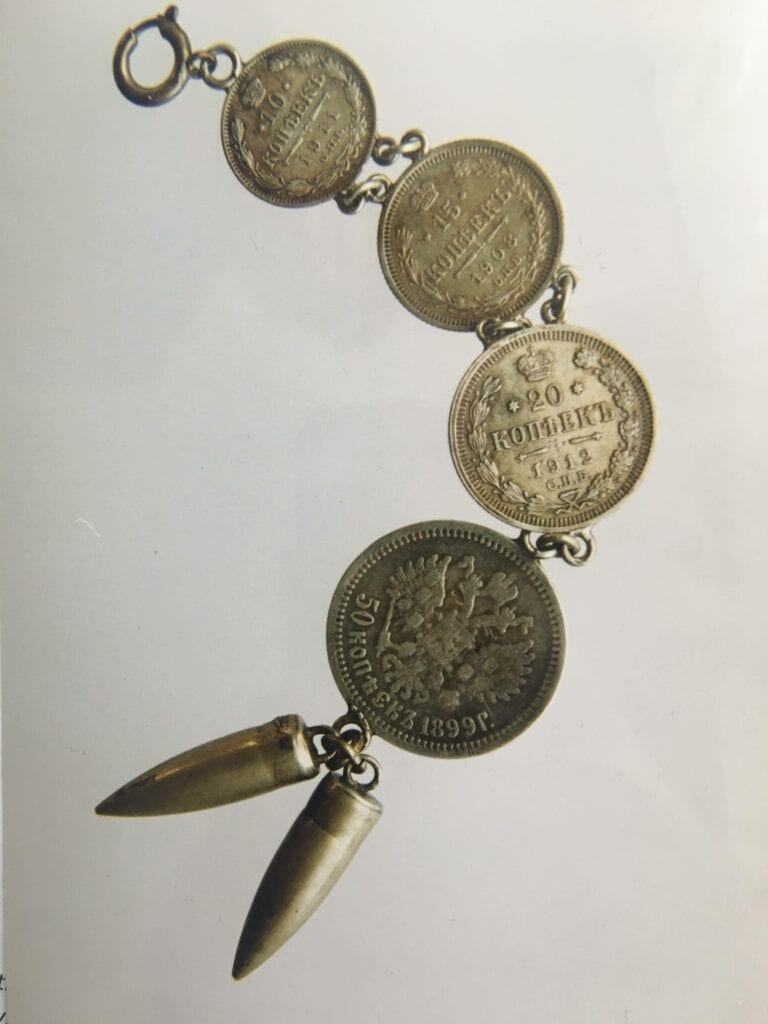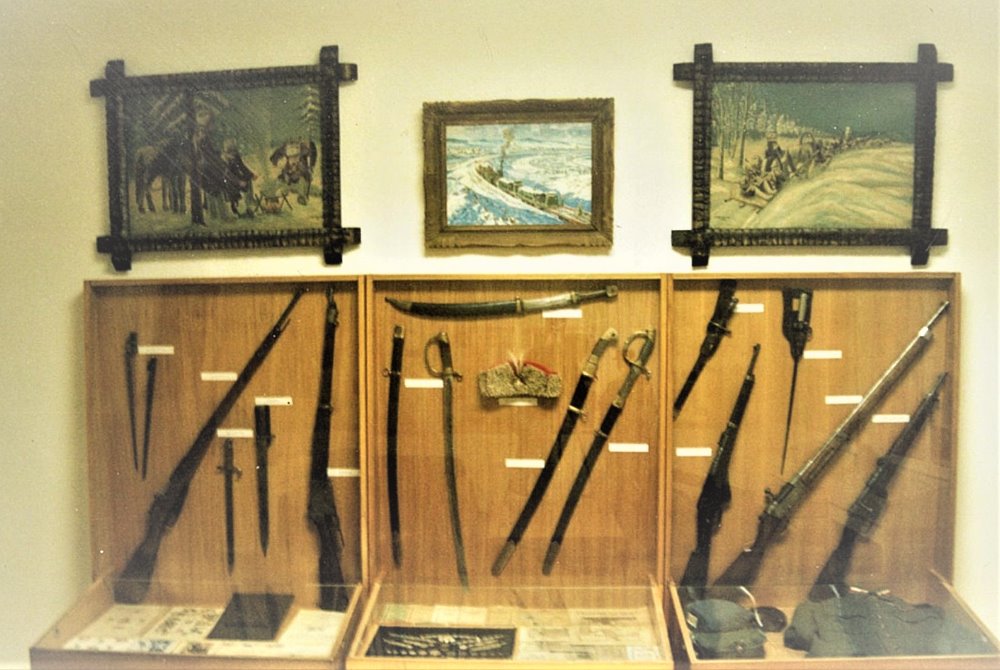
History and present of the museum
Thirty years of discovering the almost forgotten stories of the Czechoslovak Legionnaires has taken Colonel MVDr. Milan Žuffa-Kunč to various parts of the world and led to countless meetings with veterans and Legionnaires. You too can meet their legacy in person at the Czechoslovak Legion Museum.
Over time, his leisure activity grew into a passion and his passion into a commitment to preserve the legacy of the Czechoslovak legionnaires of the First World War for their descendants.
Their legacy should not be forgotten, because it was also thanks to the sacrifices of the legionaries that we were able to establish our own state - Czechoslovakia.
The exhibition is not only a monument to the bravery of our legionaries, but also a probe into the everyday lives, joys and sorrows of soldiers at the front.
Just as our legionnaires travelled the world to win peace and their own state, this exhibition has travelled to various countries during its existence to commemorate the contribution of Czechoslovak legionnaires to world history.
This unique collection brings you an insight into the past through authentic testimonies of witnesses of the First World War, personified by the vivid narration of the founder of the legio-trains, Colonel Milan Žuffa-Kunč.
